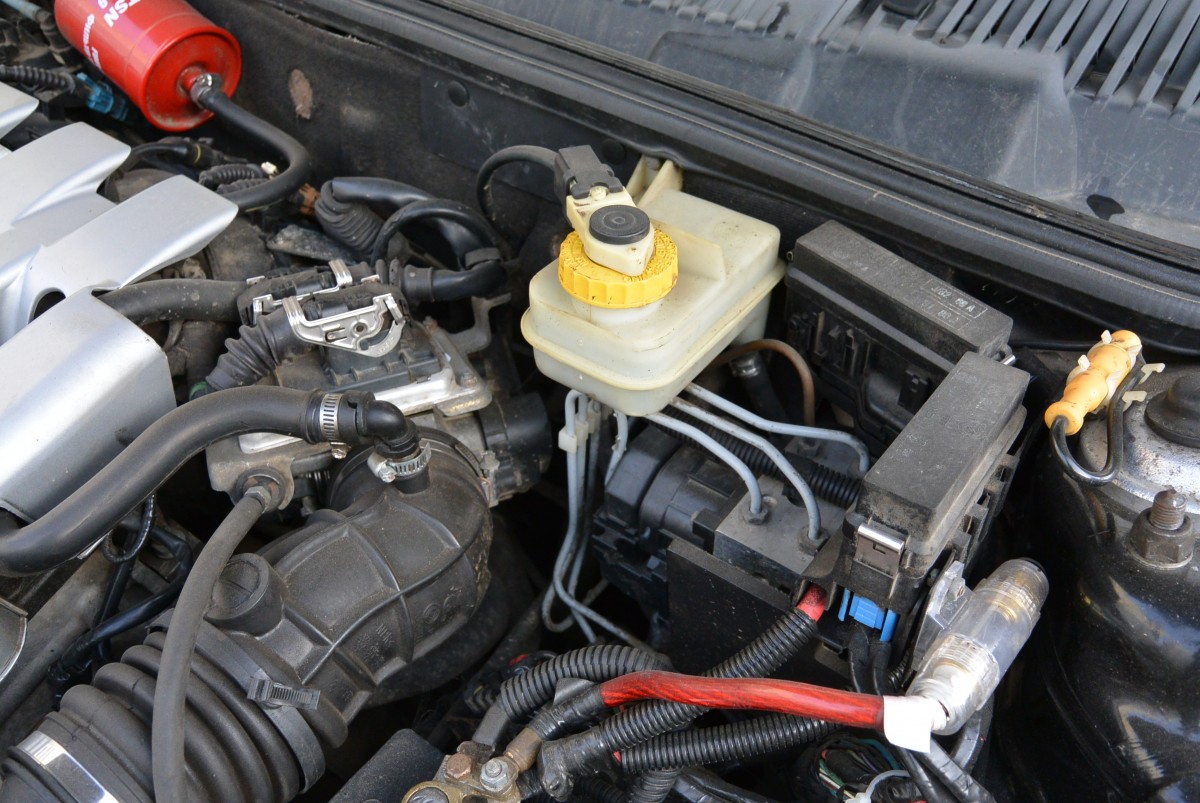A light on the dashboard is on. After consulting the owner’s manual, you understand it is the brake fluid level. While waiting to consult your favorite mechanic, you buy some product to top it up. But which one to choose among several references: DOT 3- DOT 4- DOT 5…? When in doubt, you opt for DOT 5, which must be of better quality. STOP! Before taking this step, please read our information on DOT 5 or siliconized brake fluid.
Silicone brake fluid: DOT designation
The American designation DOT (Department Of Transportation) defines the different classes of brake fluids and their specificity. They are defined in particular by their boiling point: a braking circuit, by the pressures and heat exchanges released by the friction of the brake pads, generates high temperatures, partly transmitted to the brake fluid.
There are 4 main categories of DOT on the market today:
DOT 3
DOT 4
DOT 5 or siliconized brake fluid
DOT 5.1
Silicone brake fluid: specificity
Different in structure from other DOTs, which are composed of synthetic elements (most of which are ethoxyethanol), silicone brake fluid or DOT 5 is a fluid made from silicone products, which means it has a completely different chemical structure and cannot be mixed with other DOTs.
Advantages
![]()
Unlike other DOTs, it is a hydrophobic fluid. It does not mix with the condensation water the braking system produces and therefore remains intact. This quality also preserves the integrity of the circuits and prevents their oxidation (rust).
It has a long service life. It is not corrosive, unlike synthetic fluids.
Good to know: in most cases, it is a liquid particularly adapted to old and vintage vehicles, whose use is not very frequent.
Disadvantages
Although it is well suited to preserving the circuits of mostly static vehicles, it is often much less effective than a synthetic fluid in braking efficiency.
The braking system is also more challenging to bleed (eliminating the air present) because of its lesser resistance to pressure.
It is also more expensive than synthetic fluids. And you must be very careful about its use; in case of replacement of conventional fluid by silicone fluid, it is imperative to:
- Drain the brake system completely;
- clean the entire circuit and its components (master cylinder, wheel cylinders, brake calipers, etc.) with a degreaser;
- make sure that the seals in the braking system are compatible with the silicone fluid (risk of seal destruction);
- carry out a rigorous bleeding;
- affix a specific visible label, mentioning the silicone brake fluid, and warning of the non-miscibility with other types of brake fluids;
Never top up with synthetic fluid (keep a top-up container in the vehicle).
Good to know: the main defect of this product is that, because of its limited performance, it is forbidden or not recommended by manufacturers for current vehicles equipped with anti-lock braking systems (ABS) and stability control systems (ESP), i.e., all recent models!
Cost of DOT 5 brake fluid
It is an expensive fluid, the average price being $20 to $25 for 0.5 liter, which is 4 to 5 times more costly than synthetic fluids.
Silicone brake fluid: recommendations
DOT 5 fluid should be used cautiously and not be confused with DOT 5.1, a synthetic fluid. You must:
- Follow the manufacturer’s recommendations;
- check that it is compatible with the braking equipment in a vehicle already equipped with DOT 5 (to do this, contact the manufacturer);
If it is compatible, complete the levels exclusively with DOT 5.
Good to know: for a classic vehicle, replacing the original fluid with DOT 5 requires the intervention of a professional (on average, $150) if you do not have the necessary skills.

